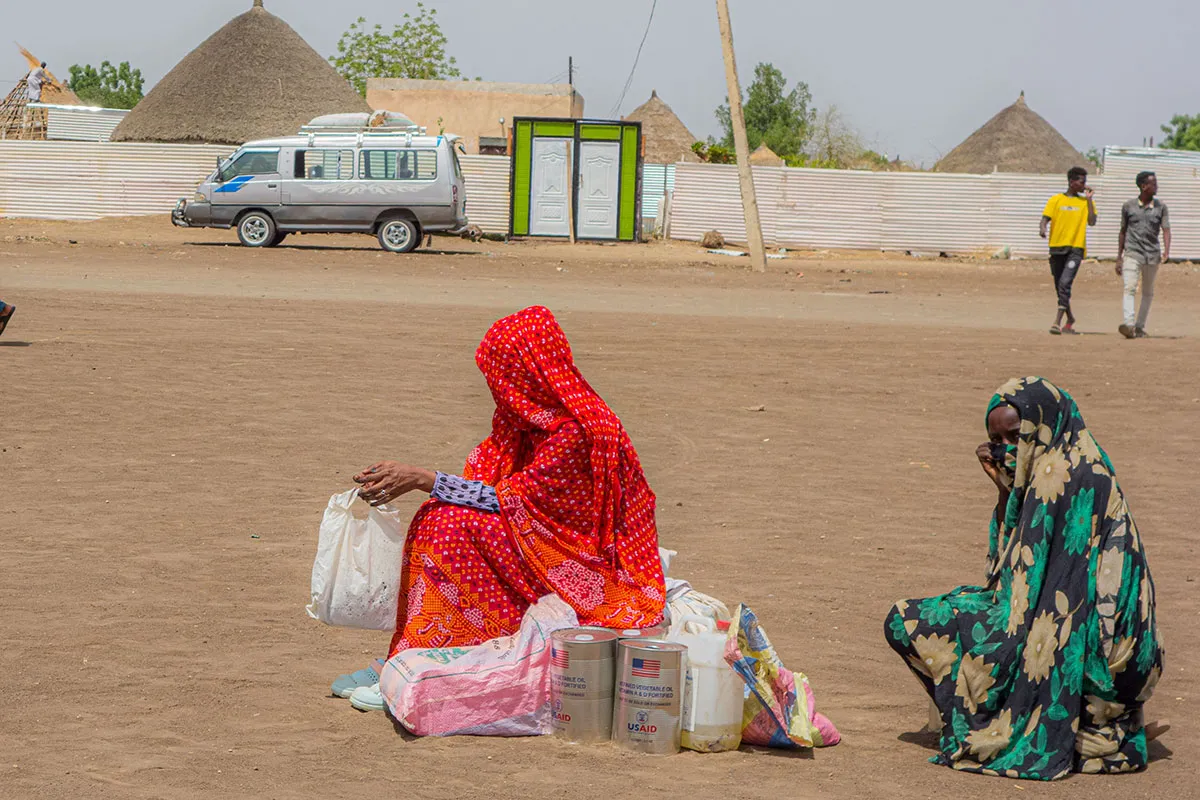About the humanitarian crisis in Sudan
Darfur, the western region of Sudan, has been in a state of humanitarian crisis since 2003. The conflict in Darfur is complex, caused by a host of political, social, economic and environmental problems. Civilians have suffered greatly from the conflict. The result is a humanitarian crisis affecting millions of people, and there is no end in sight.
The recent escalation of violence in Sinnar and Sinjah has resulted in an influx of displaced people into neighboring regions such as Gadarif, New Halfa, and Kassala. Many of those arriving have been displaced multiple times since the conflict began in April 2023. The situation is dire for 755,000 people in 10 states, including parts of Kordofan, Blue Nile, Al Jazirah, and Khartoum, and the entire Darfur region.
The conflict has caused widespread shortages of basic necessities, disrupted supply chains, and contributed to the devaluation of the Sudanese pound. Acute food insecurity is at unprecedented levels here, with more than half of the population—approximately 25.6 million people—facing crisis or worse conditions. In August 2024, famine was declared in one of Darfur’s largest displacement sites: Zamzam camp near Al Fasher, the besieged capital of North Darfur. The conflict has resulted in significant casualties, damage to critical infrastructure, and deteriorating living conditions for both Sudanese residents and displaced persons.
Nearly 7.8 million people have been internally displaced and moved into camps and settlements, and over 2.2 million have fled to neighboring countries including Chad, Uganda, Ethiopia, and South Sudan, where they live in refugee camps, straining local resources.

